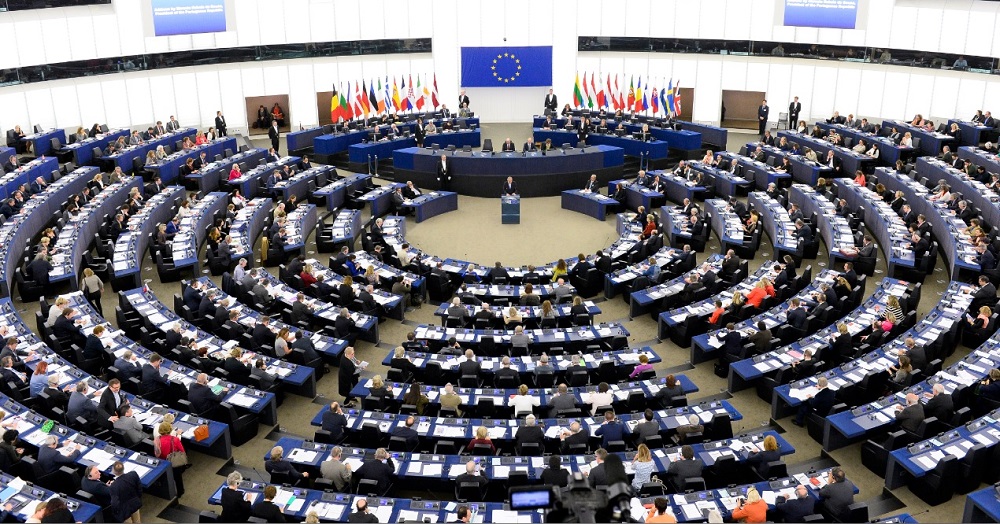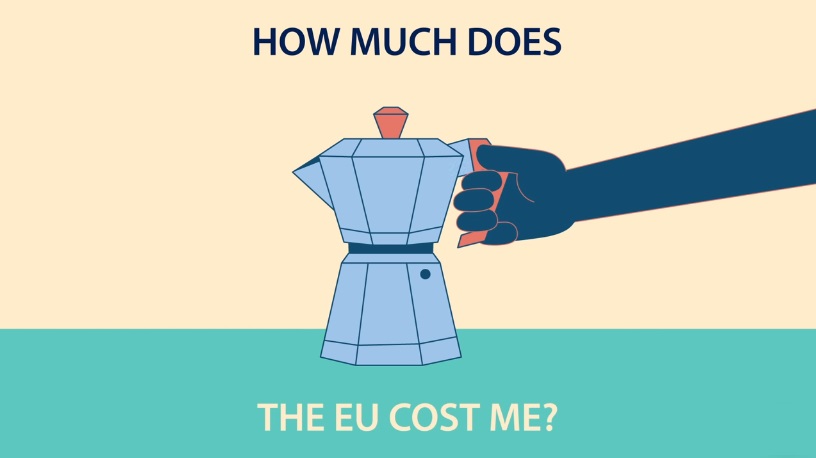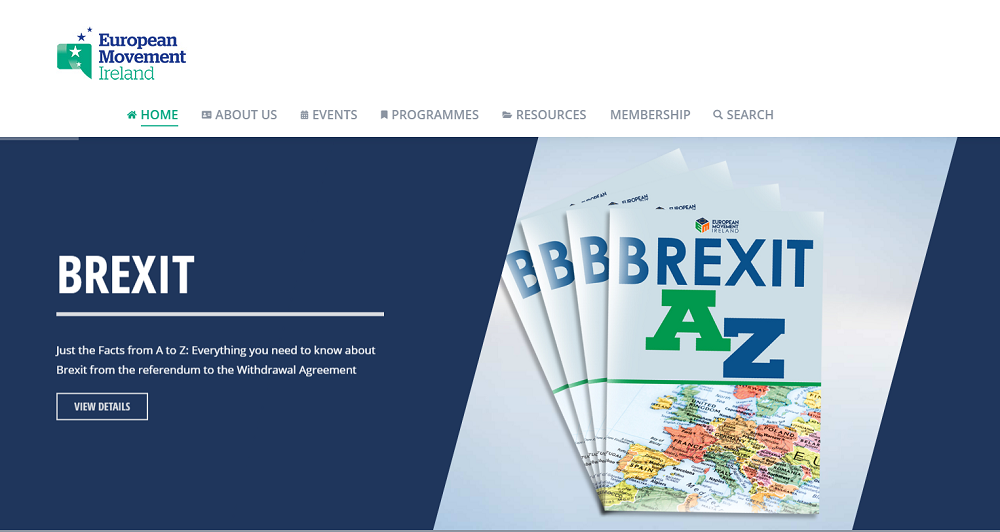By
LAUREN MURPHY

The European Union has a communications problem. It’s not a new problem, nor is it one that can be solved overnight. It’s the result of decades of misperception, misinterpretation and missed opportunity.
What has become more apparent from the Brexit fallout is that Euroscepticism and a general lack of knowledge about the EU is not unique to the UK.
Turnout for European elections varies widely between member states. Ireland has maintained reasonably positive turnout compared to others, but it isn’t high either. At the 2014 elections, the overall turnout across the EU was 42.6%—similar to the 2009 turnout, but lower than the years before.
The Irish turnout generally lands between 40-60% and was 52% in 2014. The UK has typically had very low participation (around 35%—no surprise there), but other nations are not that much better in comparison. Turnout at the 2014 elections in France was 40%, in Germany 48%, in Spain 43%, and in Poland 23%.
Driving higher engagement
The EU’s latest campaign for the 2019 elections, This Time I’m Voting EU, is centred on the concept of peer-to-peer encouragement and building a community of supporters.
This more emotive “for the good of the public and democracy” approach is fairly typical of EU communications. On the campaign website, the use of such language and messaging is notable:
“Stand up for the very idea of democracy.”
“Harness the power of human interaction.”
“It’s not enough to hope for a better future.”
Big words.
But how does this inform or answer what people want or need to know about the EU and why the elections are important to them?
The European Parliament website is somewhat more helpful, with video and greater detail on the elections, though the grand statements still make an appearance.
The language of “hope”, “the future”, and “facing challenges together” is all too abstract for the people who want to know what the EU means for their local farming industry, their bank balance, or their summer holidays—and if we’ve learned anything from the Brexit negotiations, it’s that the EU putting citizens at the heart of democracy is all well and good until it comes down to paying customs and tariffs.
Call me a sceptical Brit, but…
While the UK gets behind a good social movement when it wants to, the British are generally a people sceptical of emotive politics and have limited bandwidth for big ideals. We want it clear: “what are you going to do for me?”
Ireland has proven that emotionally driven campaigns can engage the masses, as evidenced by the abortion and same-sex marriage referenda. But national politics are a different story, and this is true for most countries—they’re about me, my life, my pocket, and my opportunities.
Perhaps what’s needed, then, is for the EU to shift its communications away from the heart-strings and towards engaging citizens on issues that matter to them and drive them towards the polls on election day.

Is anyone doing it well?
The European Commission’s social media team has been taking strides towards the creation of more relatable content for the public. While it’s a little cheesy at times, it’s clear that their goal is promoting the valuable work and tangible outputs of the EU institutions—especially around funding, health initiatives and climate action.
But for election communications, the EU can learn a lot from organisations like European Movement Ireland.
This not-for-profit was created to help bridge the gap between the EU and its citizens, and it does this job well. Their election webpage is a clear example of what informative but attractive content should look like.
An accessible layout, short bites of information, case studies and animation all create an engaging resource that people can understand and relate to. With messaging focused on what elections and the EU mean in terms of impact for you, the citizen, EMI’s approach maintains human emotion while speaking to the voter’s practical side.
Coupled with events across the country that provide further engagement opportunities, EMI has sought to deliver a campaign on all levels of the general voting public.

While the EU itself does not and should not campaign on policies, it has a responsibility to educate people on what they are voting for and why, regardless of party politics.
More importantly, it needs to provide a response to the simmering nationalist movements currently bubbling across Europe. Their parties communicate clearly and powerfully.
The EU needs to tackle the information deficit, rather than allowing Eurosceptics to fill the void. There are ways of delivering impartial content to encourage participation without encouraging voting outcomes.
While many point the finger at the British press, the EU must take on the lessons from Brexit, ensuring their approach to communications now shifts towards bringing informed voters on board and not relying on abstract emotional ideals to deliver change.
LAUREN MURPHY
Lauren is a Client Manager at PR360. She helps clients achieve their goals by creating effective strategies and campaign plans. Outside of work, Lauren is always on the go, whether she’s at language classes, the gym or meeting friends.

